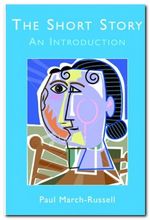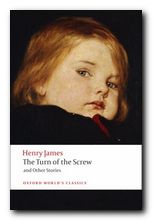pride and prejudice: literary modernists 1880-1939
This book has been around for a while now. I read it on the strength of having enjoyed John Carey’s more recent What Good Are The Arts? His basic argument is that with the rise of mass democracy and universal education at the end of the nineteenth and beginning of the twentieth century, artists and intellectuals reacted with fear to this phenomenon and both denigrated the ordinary person and at the same time deliberately made their art more difficult to understand. It’s a study of literary modernists and their anti-democratic sentiments.
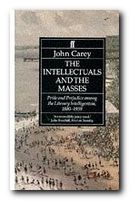 None of the major figures of literary modernism escapes his charge: D.H. Lawrence, W.B. Yeats, Virginia Woolf, E.M. Forster, and T.S. Eliot are all quoted making remarks which are undemocratic, elitist, racist, and tainted with a supremacism which Carey traces back to Nietzsche. This basic argument is then extended to the intellectually snobbish dislike of the ‘suburbs’ which were built to house the growing numbers of clerks to service the expanding financial and commercial sectors of the economy.
None of the major figures of literary modernism escapes his charge: D.H. Lawrence, W.B. Yeats, Virginia Woolf, E.M. Forster, and T.S. Eliot are all quoted making remarks which are undemocratic, elitist, racist, and tainted with a supremacism which Carey traces back to Nietzsche. This basic argument is then extended to the intellectually snobbish dislike of the ‘suburbs’ which were built to house the growing numbers of clerks to service the expanding financial and commercial sectors of the economy.
Here Graham Greene, John Betjemann, G.K. Chesterton, and Evelyn Waugh come in for a similar type of criticism – though they are not accused of putting their writing beyond the reach of the common reader. Returning to Nietzsche’s influence via his ideas about ‘natural aristocrats’ and ‘Beyond Good and Evil’, Carey shows these views of the lofty superman alive and well in the work of Lawrence and Graham Greene – and he punctures their lightweight adoption in the work of art critic Clive Bell with his characteristically mordant humour:
So we find, for example, Clive Bell hymning ‘the austere and thrilling raptures of those who have climbed the cold, white peaks of art’, and contrasting them with the herd who frequent the ‘snug foothills of warm humanity’. Bell’s language figures himself and fellow aesthetes as engaged upon dangerous and energetic pursuits, when in fact they are merely looking at pictures and reading books.
This is not the only time he points to the false metaphors in which art is often discussed: ‘Spatial metaphors of ‘high’ and ‘low’ culture are logically meaningless, of course.’ There’s also an interesting reading of Aldous Huxley’s Brave New World which, for all its satirical Utopianism, he reveals as a covert defence of Nietzschean or Christian ‘redemptive suffering’.
In the latter part of the book he offers four ‘case studies’ – in-depth readings of the works of George Gissing, H.G. Wells, Arnold Bennett, and Wyndham Lewis. He uncovers some fairly unhealthy attitudes in Gissing, though I was surprised that he let him off the charge of profound snobbery which made me feel like hurling New Grub Street across the room last time I read it.
It’s not quite as clear why he includes Wells – because his only flaw seems to be a fear of overpopulation coupled with a submerged form of misogyny. But Arnold Bennett turns out to be the book’s hero. Carey describes his writings as ‘a systematic dismemberment of the intellectuals’ case against the masses’ – and he goes on to give a spirited case for his works as a sympathetic insight into the lives of ordinary people, and a defence of suburbia. In fact he takes on Virginia Woolf’s argument against Bennett in ‘Mr Bennett and Mrs Brown’ and demolishes it completely.
He saves his maximum invective for last – and unleashes it on Wyndham Lewis, whose views he argues are not dissimilar to those of Adolf Hitler. And just in case we misunderstand, he points out that this is not simply crude anti-Semitism and a hatred for jazz music and Negroes, but that Hitler, like the other intellectuals of modernism, believed in an intellectual hierarchy, in great art which was produced by special individuals endowed with quasi-religious insights (rather like God, in fact) and that none of this was accessible to the masses. The implication however was that it was accessible to the people making these judgments – such as Clive Bell up on his cold white peaks.
This is a very spirited polemic, which also serves to remind us that many of the technological advances in the early modern era were often regarded with scepticism bordering on outright rejection by the soi-disant intellectuals. Radio, newspapers, photography, cinema, and rail travel were all vilified at one time or another – and the masses who seemed to enjoy them were both sneered at and condemned as philistines.
If you’re going to look at Carey’s views on art, read this one first, before What Good Are The Arts? – then you will have a clearer notion of where his ideas come from. For anyone interested in literary modernism, the history of ideas, or modern cultural criticism, it’s an exhilarating read.
© Roy Johnson 2000
John Carey, The Intellectuals and the Masses, London: Faber, 1992, pp.246, ISBN: 0571169260
More on literature
More on the novella
More on literary studies
More on short stories
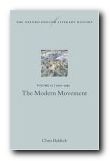
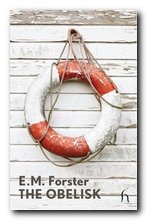
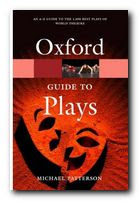
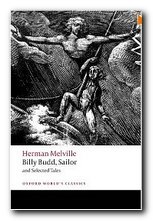
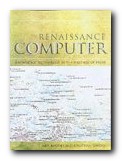
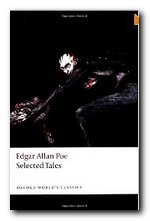
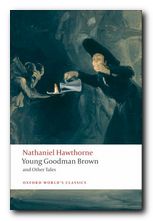
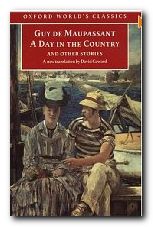
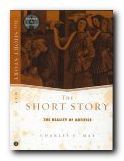
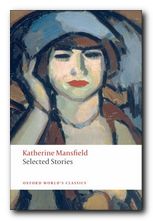 Katherine Mansfield
Katherine Mansfield
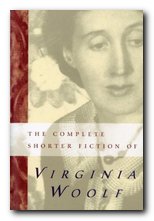
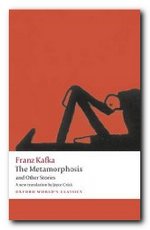
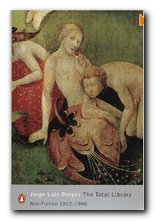
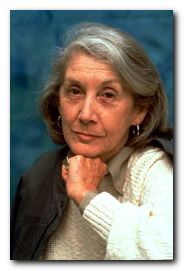 Nadine Gordimer
Nadine Gordimer